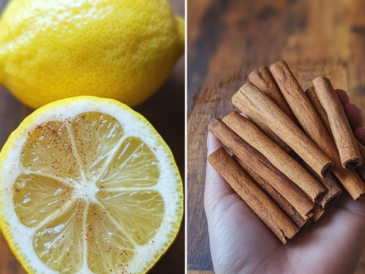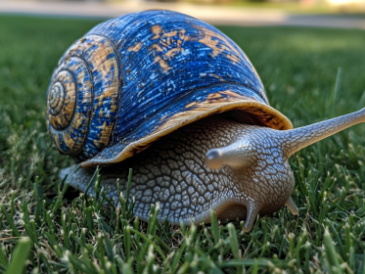Boost Your Garden’s Butterfly Appeal: Plants, Protection, and Pesticide-Free Practices
If you’re loving the idea of watching butterflies flutter around your garden, then why stop at a DIY fruit feeder? Let’s take things up a notch and turn your garden into a full-blown butterfly paradise! Whether you’re a novice or a seasoned gardener, the tips in this next section will give you a deeper understanding of what butterflies need to truly thrive in your space.
Planting the Right Flowers: Butterfly Magnets
Butterflies aren’t just attracted to fruit; they love flowers — especially certain types that provide nectar. If you’re serious about making your garden the ultimate butterfly hangout, here are some top picks:
Native Flowers are Key
Butterflies are naturally drawn to native plants because these species have co-evolved with local wildlife. Native plants provide not just nectar but also serve as host plants where butterflies lay their eggs. Some great native options include:
- Milkweed (essential for monarchs)
- Black-Eyed Susans
- Purple Coneflowers
These beauties not only attract butterflies but also add vibrant colors to your garden, keeping it full of life year-round.
Bee Balm
Here’s a secret weapon in any butterfly gardener’s arsenal: bee balm. Its bright, spiky flowers are nectar-rich and can attract a variety of pollinators, from butterflies to bees. Planting bee balm ensures a continuous buzz of activity that will liven up your garden’s ecosystem.
Providing Sun and Shelter: Butterfly Habits Explained
Butterflies, like many of us, love basking in the sun. They are cold-blooded creatures, meaning they rely on external heat sources to stay warm and active. When planting your butterfly garden, choose sunny spots where butterflies can recharge during cooler mornings or after a dip in temperature.
Shelter From the Wind
While they love the sun, butterflies aren’t fans of strong winds. Make sure to provide some form of shelter, whether it’s tall shrubs, a garden fence, or even nearby trees. This will create a protected environment where butterflies can safely rest and feed.
Say No to Pesticides: Keep Your Garden Butterfly-Safe
Here’s where many gardeners unintentionally drive butterflies away: pesticides. Most pesticides, even organic ones, can be harmful to butterflies and other pollinators. Luckily, there are natural alternatives that protect your plants while keeping the environment butterfly-friendly.
Natural Pest Control Options
- Ladybugs: These small but mighty insects eat harmful pests like aphids, helping you keep your garden in balance.
- Neem Oil: A natural, plant-based oil that repels unwanted insects without harming beneficial ones like butterflies.
- Companion Planting: Plant herbs like basil, mint, and rosemary that naturally deter pests while attracting butterflies with their flowers.
By going pesticide-free, you ensure that your butterfly-friendly garden remains a safe space for pollinators to thrive.




